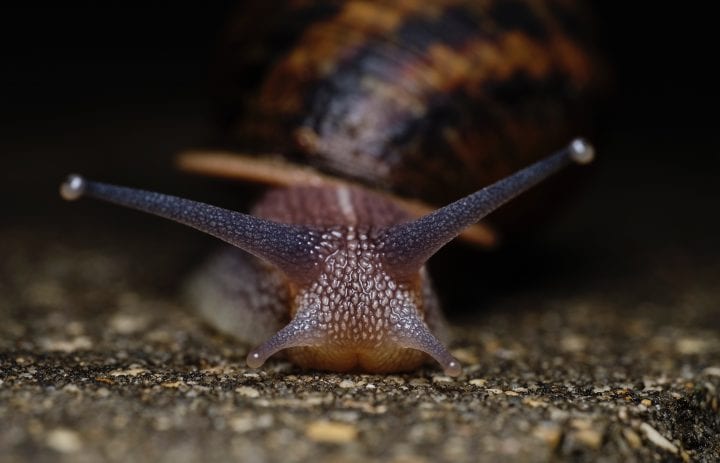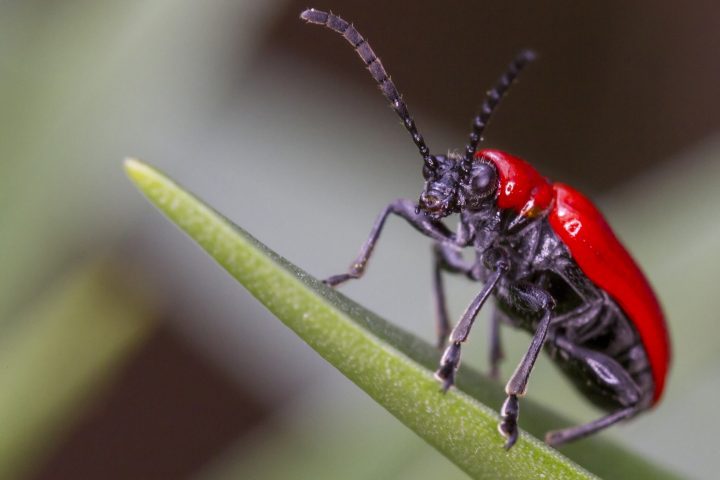Bionic heart model from MIT mimics the way a real human heart pumps blood, allowing for more realistic testing of prosthetic valves.
Benefits
- Increased efficiency
- Reduced costs
- Reduced testing time
Applications
- Medical implants
UN Sustainable Development Goals Addressed
-

Goal 3: Good Health & Wellbeing
The Challenge
Heart disease is a prominent health condition around the world. As rates of heart disease increase, the demand for prosthetic heart valves and other cardiac devices will grow too. Prosthetic valves are designed to mimic a real, healthy heart and help pump blood throughout the body. However, many valves can develop issues such as leakage or failure. Current prosthetic valves must first be tested as benchtop simulations, and then tested on animal subjects before reaching humans, which is a time- and money-intensive process.
Innovation Details
The bionic heart is a real biological heart that has the tough outer tissue replaced with a soft robotic matrix of artificial heart muscles, similar to bubble wrap. The orientation of the artificial muscles mimics the pattern of the heart’s natural muscle fibers, so that when the researchers remotely inflate the bubbles, they act together to squeeze and twist the inner heart. This is similar to the way a human heart beats and pumps blood. The real biological tissues are glued to the artificial tissues with a new adhesive called TissueSil, a viscous, hydrogel-based adhesive. The entire system is wrapped in silicone to encase the hybrid heart in a uniform covering. This new heart is called a ‘biorobotic hybrid heart’, and allows for faster prosthetic valve testing and fine-tuning, significantly reducing the cost of testing and development.
Biological Model
The heart pumps blood by squeezing and twisting itself. The right side of the heart receives oxygen-poor blood and pumps it to the lungs, to refuel with oxygen. The left side of the heart received oxygen-rich blood and pumps it into the body.






